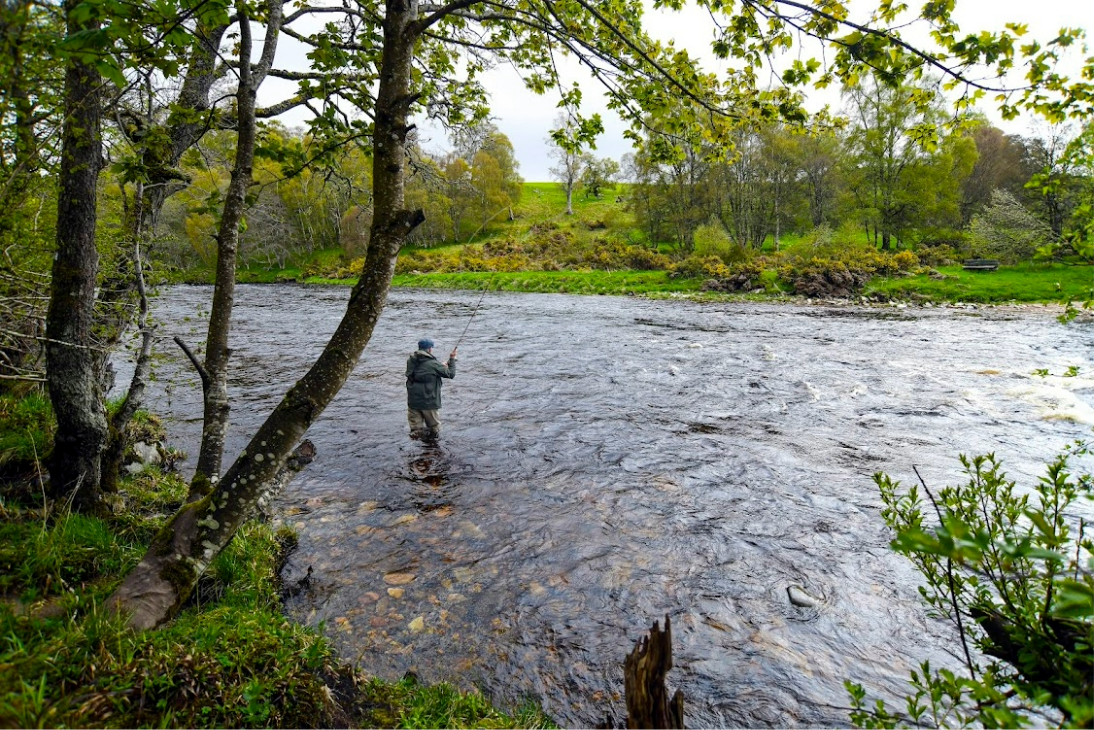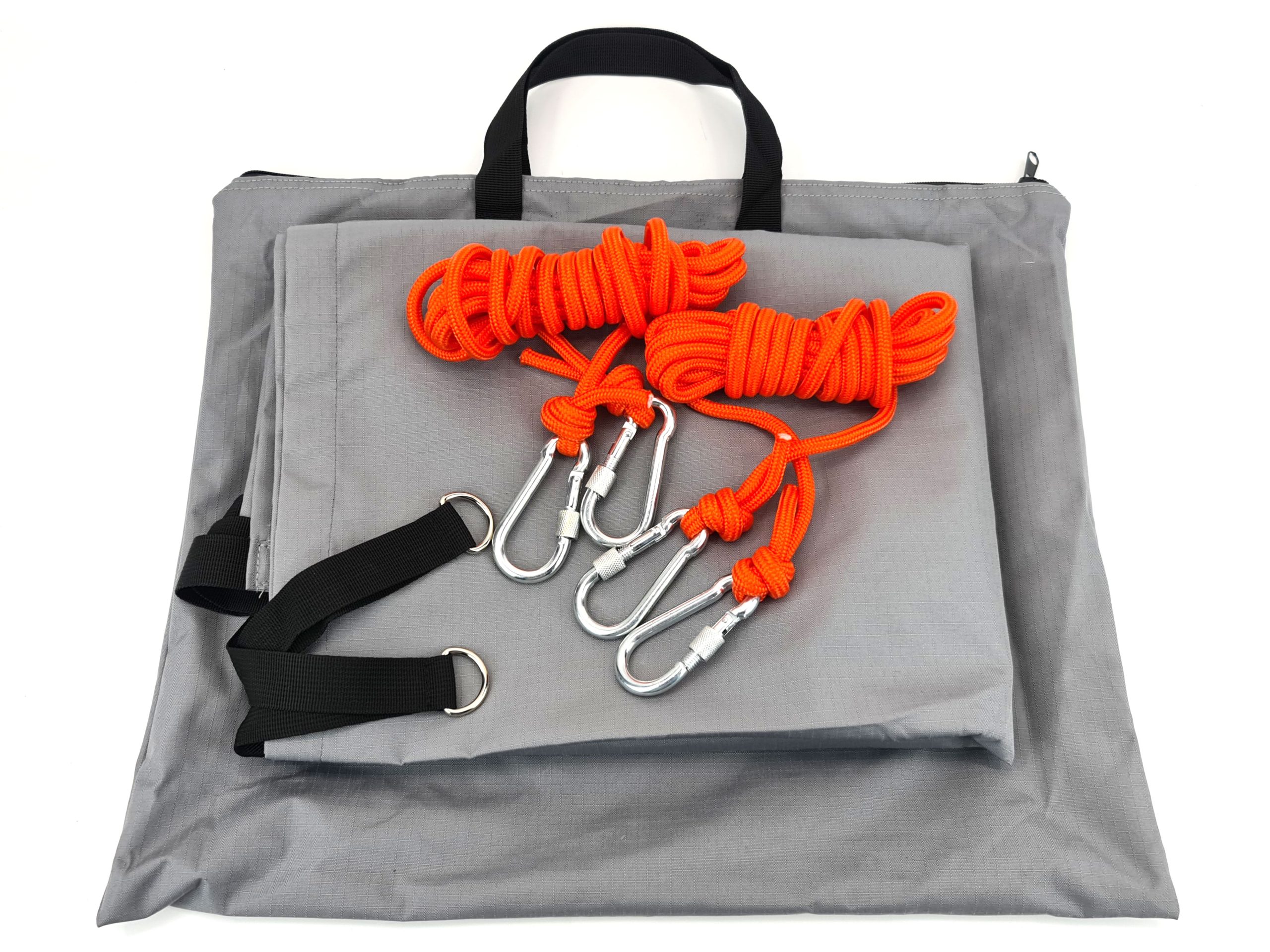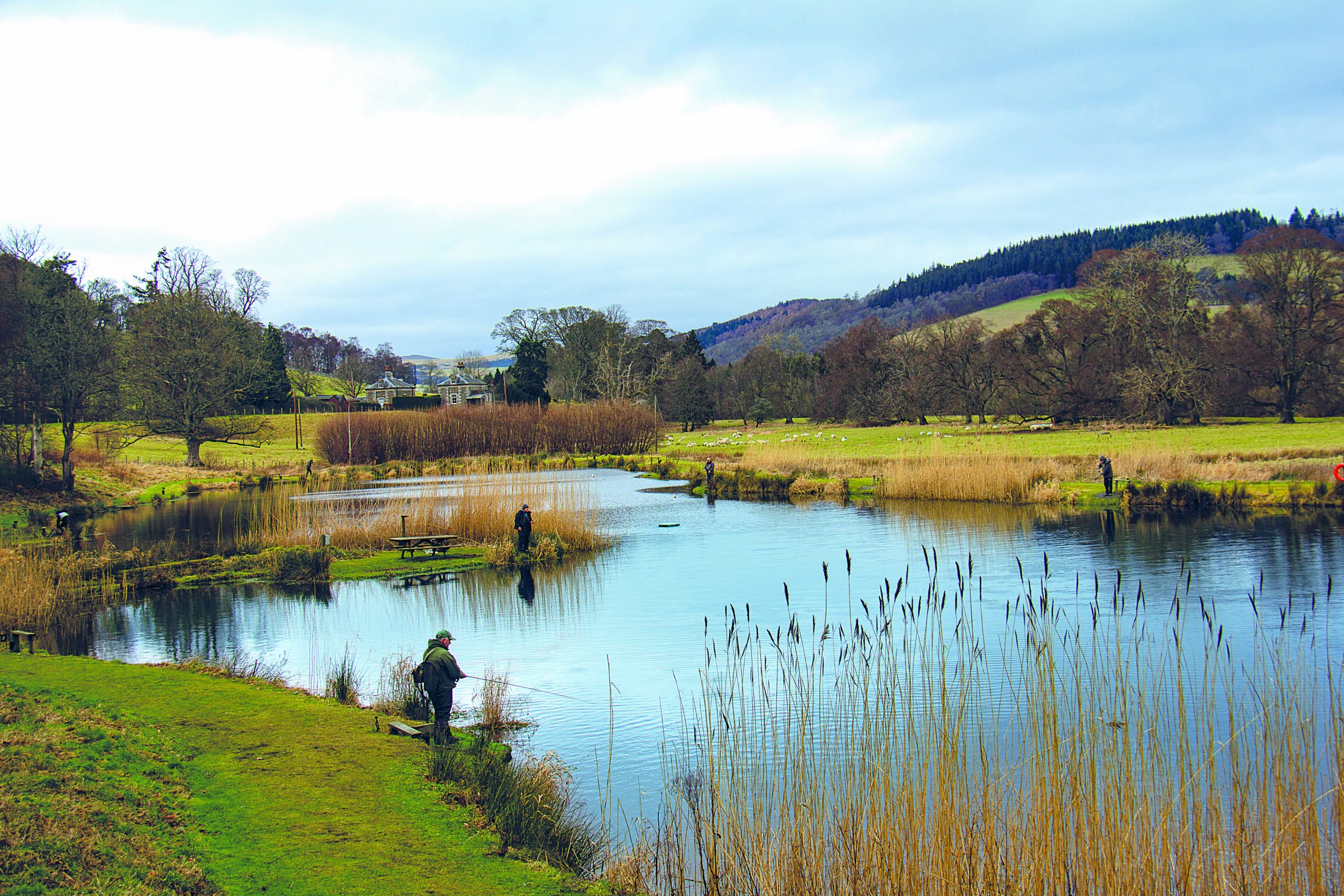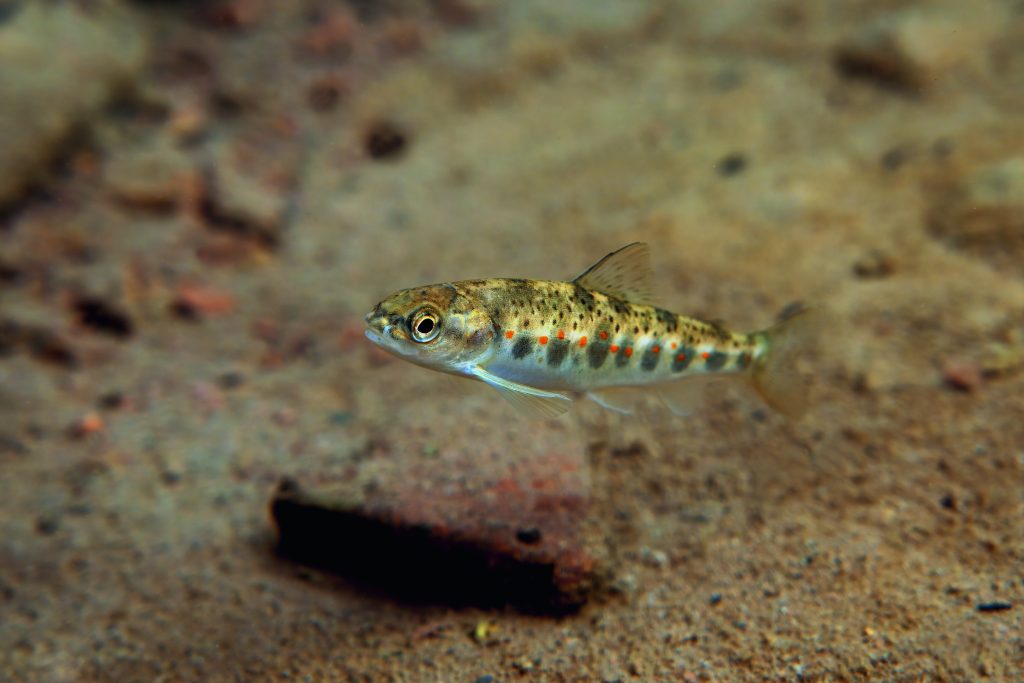European cormorant plan aims to protect fisheries
A groundbreaking European management plan could finally address the cormorant crisis that has been devastating UK fisheries for decades
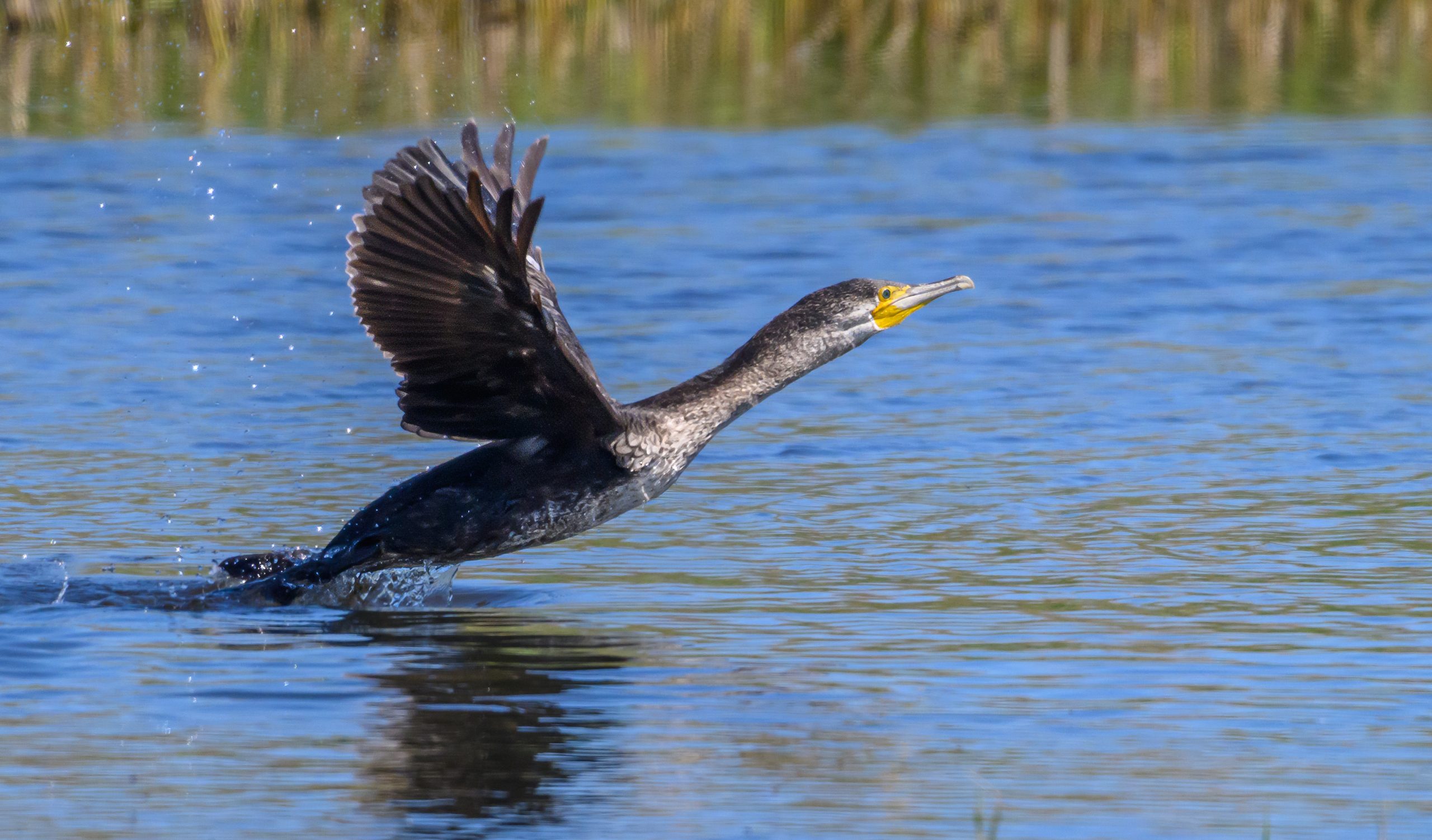 CHRIS MANSFIELD/STOCK/GETTY IMAGES PLUS VIA GETTY IMAGES
CHRIS MANSFIELD/STOCK/GETTY IMAGES PLUS VIA GETTY IMAGES
European Cormorant Management Plan Aims to Protect UK Fisheries
A groundbreaking European management plan could finally address the cormorant crisis that has been devastating UK fisheries for decades. Since the 1970s, cormorant numbers have soared from around 50,000 to more than two million across Europe.
The birds consume an estimated 270,000 tonnes of fish every year, with UK wintering populations exceeding 64,000. This places enormous pressure on fish stocks, stocked fisheries, and fragile chalkstream habitats.
The draft Cormorant Management Plan, developed by the Angling Trust, Professor Ian Cowx and the European Anglers Alliance, with support from 35 countries, proposes coordinated action to bring numbers down to sustainable levels.
A long‑overdue plan to restore balance
Key measures in the plan include creating no‑cormorant zones in high‑risk waters, targeted licensed culling, and action at Baltic breeding sites, which are the origin of many overwintering birds in the UK.
Mark Owen, head of fisheries at the Angling Trust, told Trout & Salmon:
“This long‑overdue plan could finally give our waters and fisheries a fighting chance. If implemented, it will restore balance to our rivers and lakes, helping ecosystems to thrive once again. Wildlife and anglers alike will benefit, and we can hopefully look forward to healthier fish stocks and better catch rates in the years ahead.”
The draft plan will be presented to the European Commission and the UN Food and Agriculture Organisation in October. This milestone could also pave the way for firmer cormorant controls in the UK.

